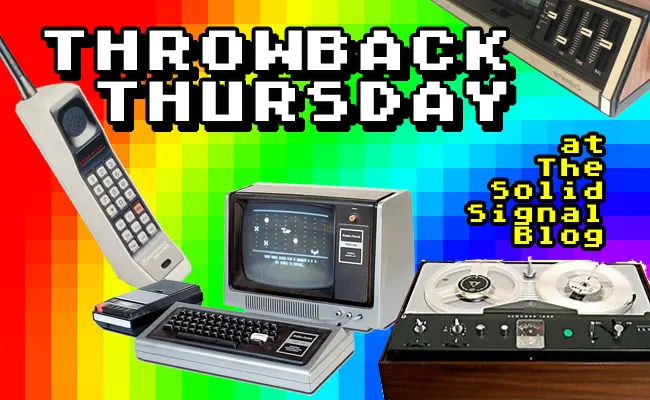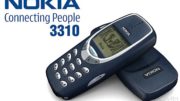When you have a piece of tech from five years ago that’s still a top seller, you know you have something special. It’s pretty rare if you think about it. Would you be happy with an iPhone 11 or Galaxy S8 even if you bought it new today? Would a five-year-old laptop suit your needs, even if it’s new in box? Chances are you wouldn’t be pretty happy if you were stuck at 2019 levels of tech on most of the things you use.
weBoost Drive Reach

That’s why it’s so amazing that weBoost’s Drive Reach is still the king of the hill for mobile cell boosters. You can read the original announcement from 2019 here. A couple of months later I got my hands on one. I did an unboxing video as well as a full instrumented review. In the last five years, the Drive Reach has been my go-to booster for when I travel outside the home (although to be fair none of us traveled outside the home for some of that time.)
Drive Reach now has a family of products including special packages for fleets and RVs. It’s also the basis of our popular Rover Duo line which lets you use one amplifier for two vehicles.
How Drive Reach has stayed on top
Drive Reach does a great job of boosting 4G, LTE, and nationwide 5G signals in your vehicle. There are two reasons why it’s still the king of the hill in 2024 even though it was engineered in 2019.
The first one is a bit of luck. Drive Reach was originally designed for 3G service as well as 4G and LTE. Major carriers phased out 3G in the US in the first years of the 2020s, and used the same frequencies for nationwide 5G service. Cell boosters aren’t really tied to the actual technology used, only the frequency. So, the 3G portion of the Drive Reach is now used to boost 5G. At the same time, the FCC has not approved any consumer cell boosters for other 5G frequencies, so there’s no need to re-engineer the booster.
The second one is just plain good engineering. Drive Reach is a really well built booster. With no new rules from the FCC and no need for additional frequencies in place, the only important factor is just how well the booster works. And let’s be honest, this one works great. It has superior heat management thanks to gigantic fins on top. That’s the biggest factor in keeping electronics alive. The antennas and cables are really well engineered too.
Will things change in 2029?
When considering a cell booster, people always want to know if it’s going to be futureproof. After all, you don’t want to invest in tech that won’t work for you in a few years. It’s always hard to predict the future. However, the roadmap for the next five years looks pretty solid. 6G is really not on the radar yet. Nationwide 5G is the most stable way to deliver great cell service and it’s not likely to change frequencies. So, it’s pretty safe to say that the Drive Reach will still be a great booster in five years. There may be something even better, but it’s a safe bet that a Drive Reach bought today will still make you happy by 2029.




